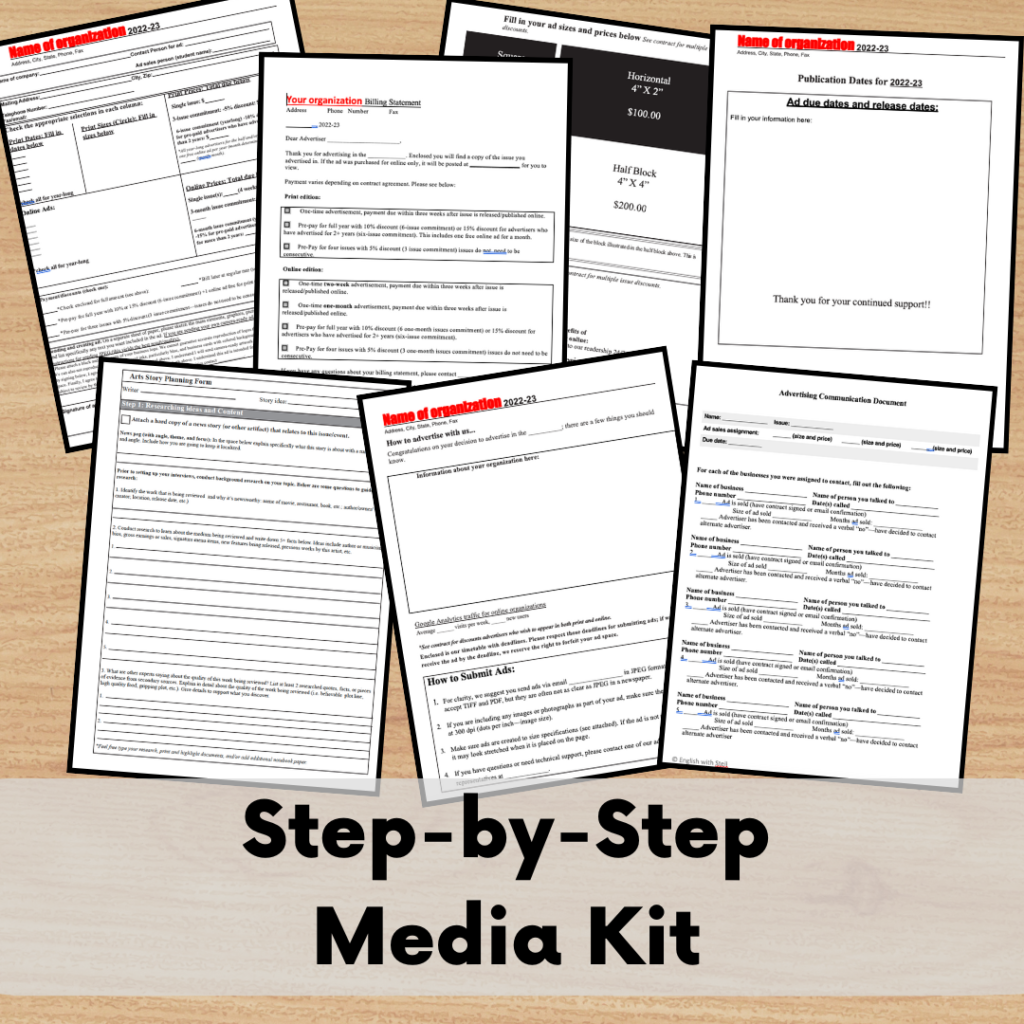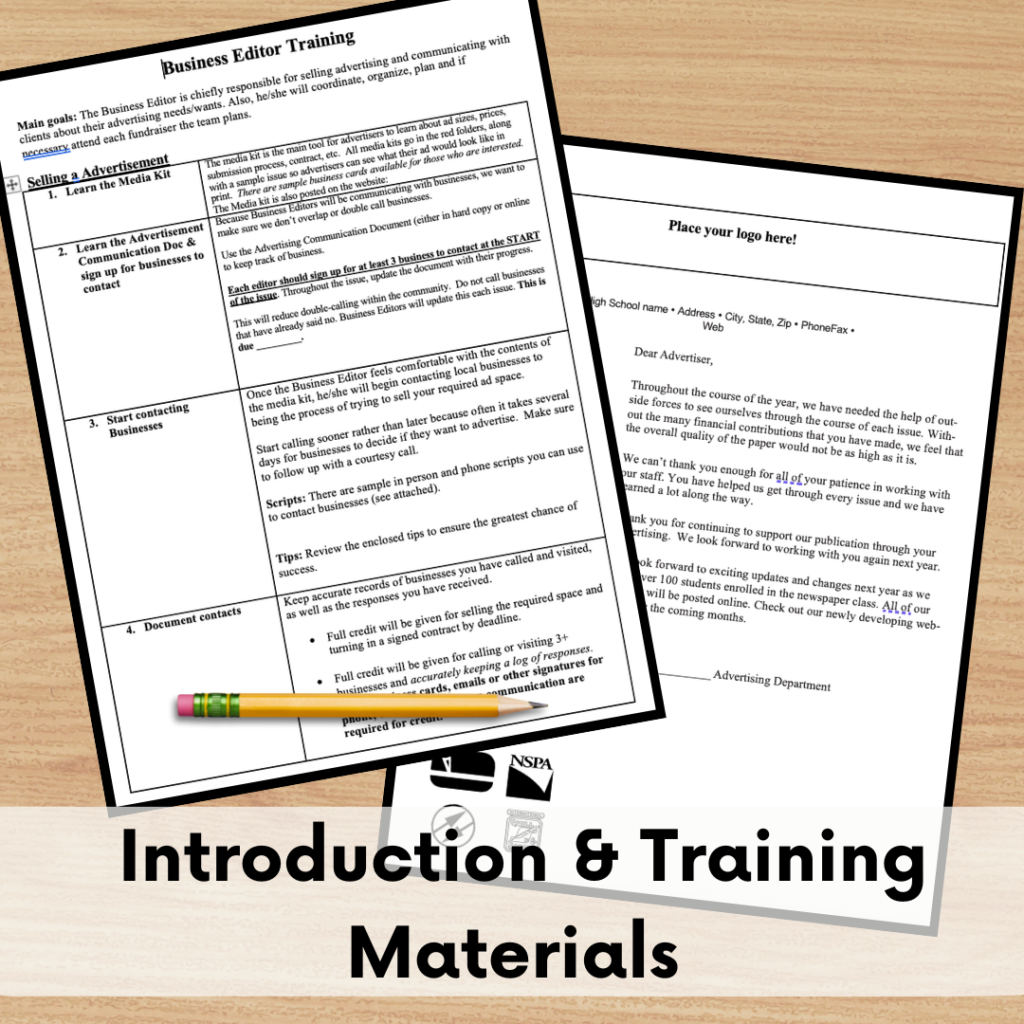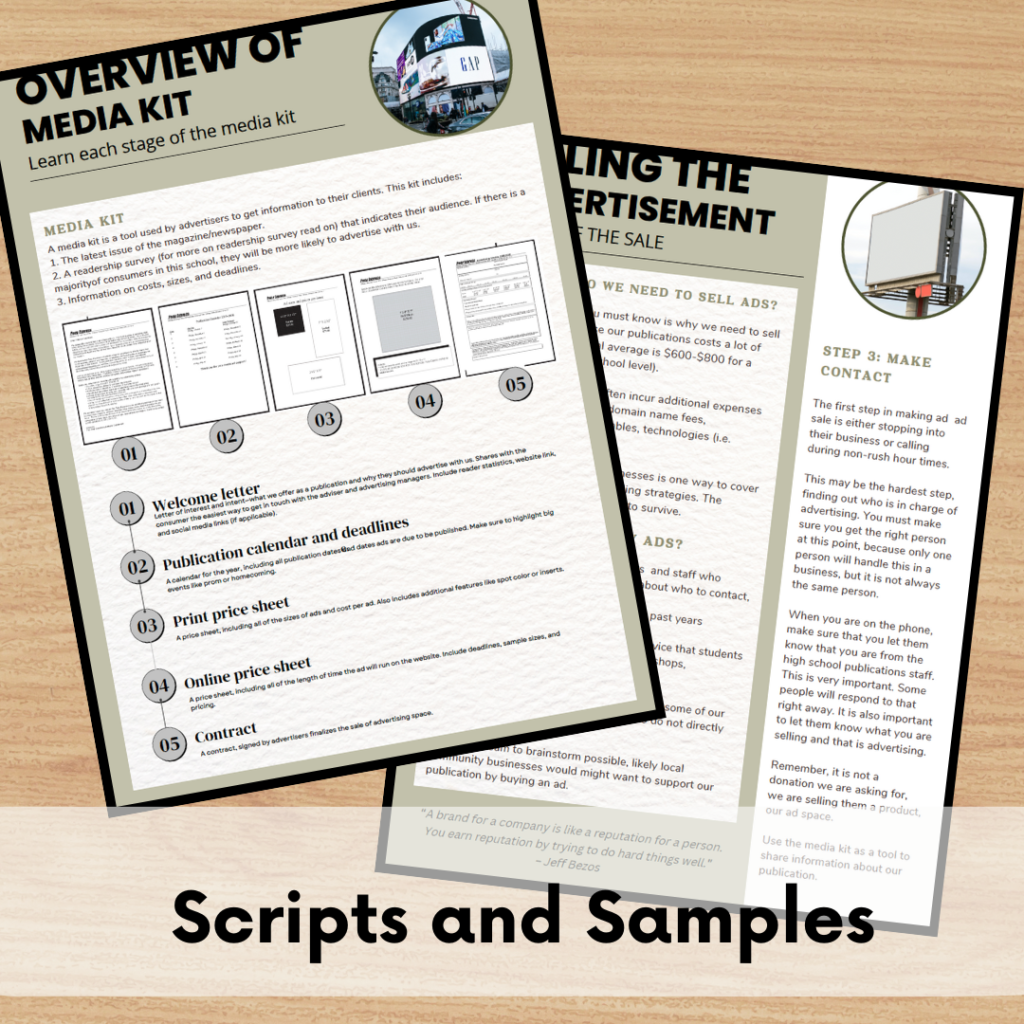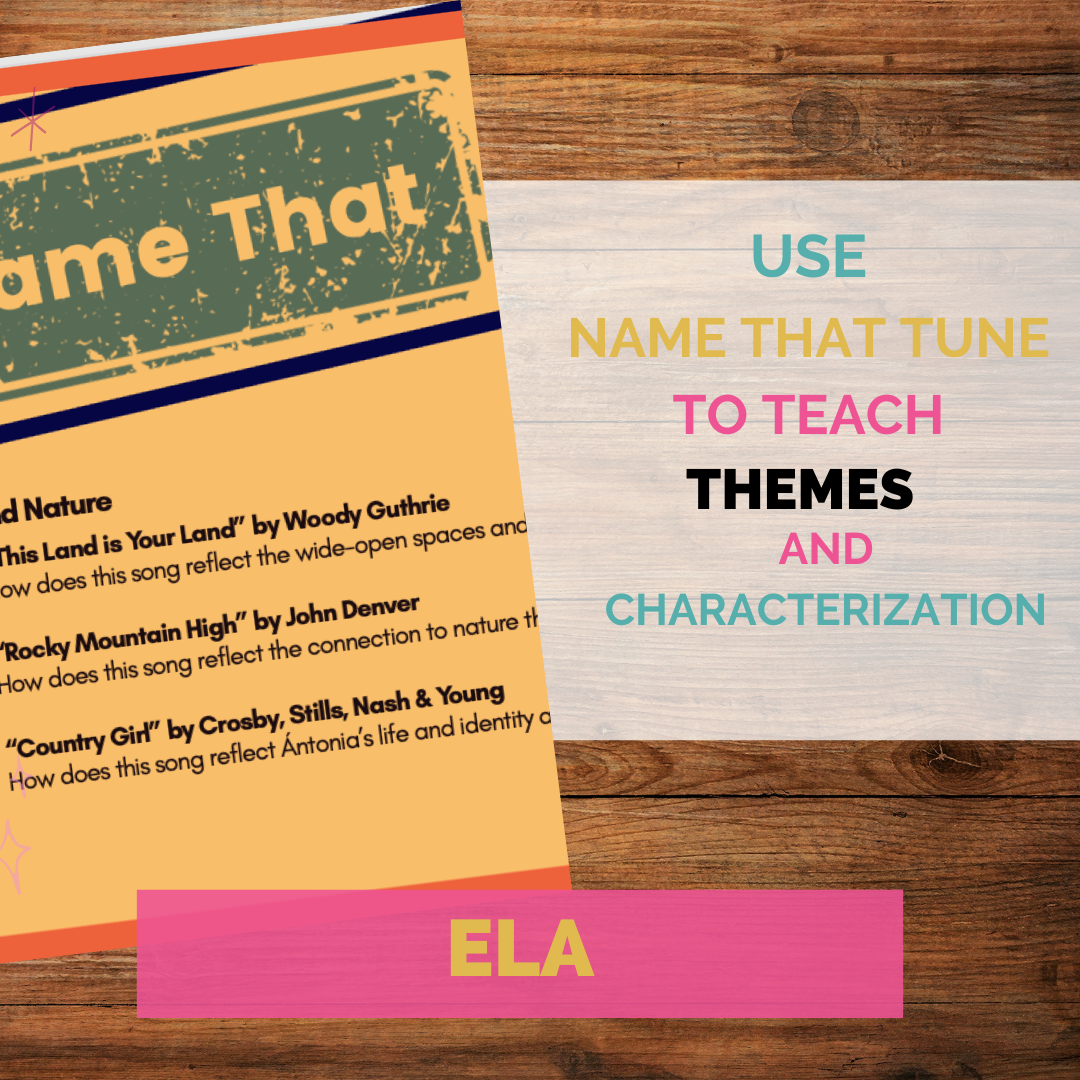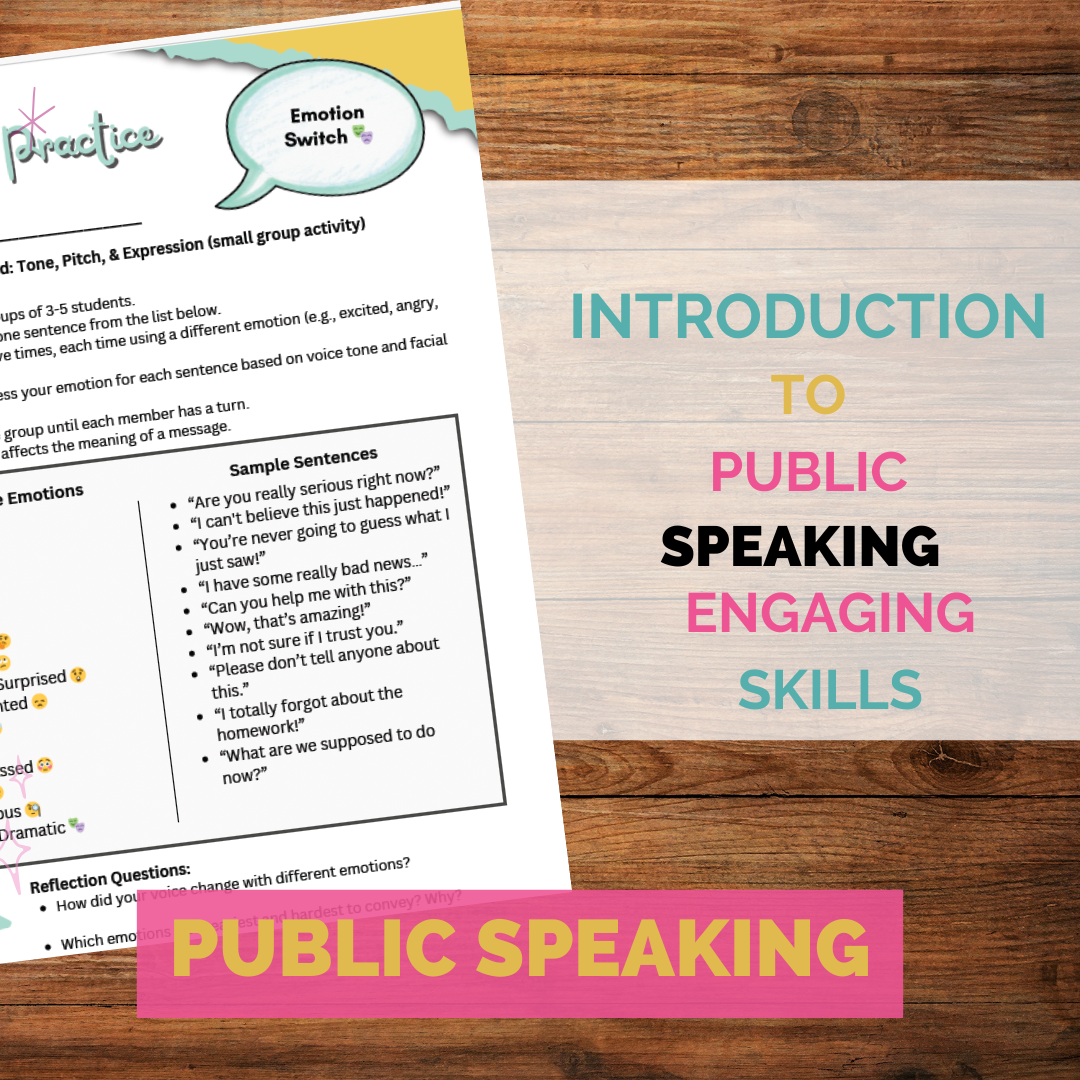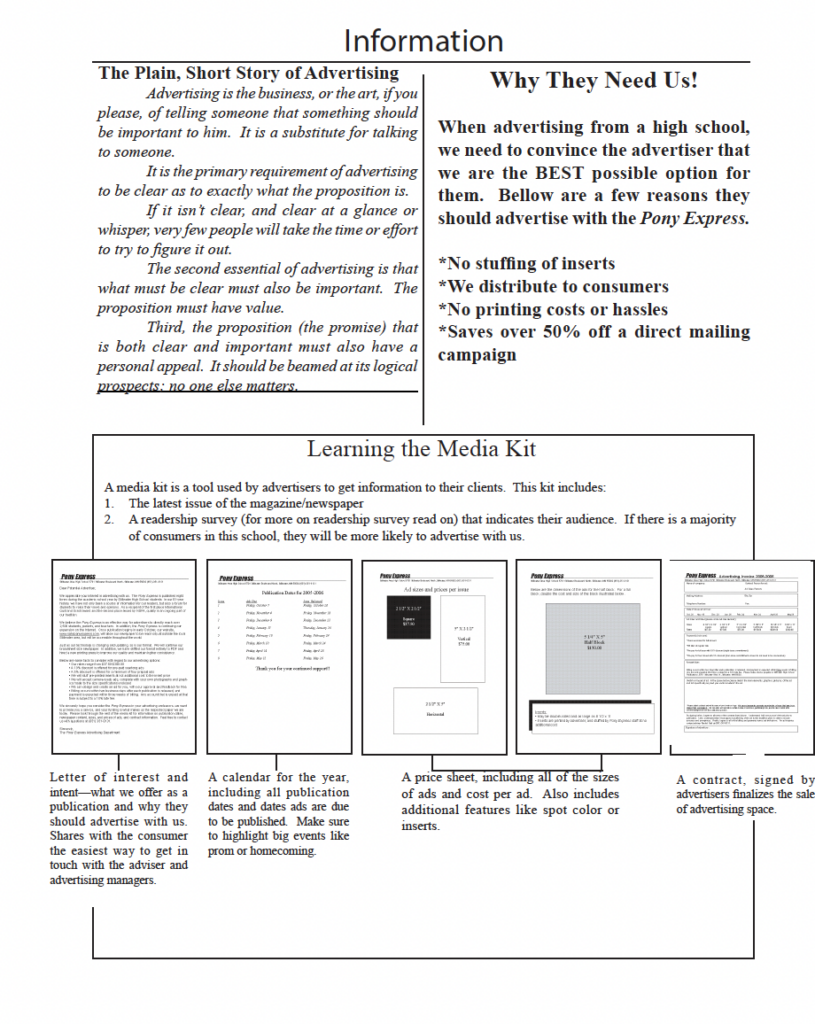
Why we need advertising!
Selling ads and generating revenue is a reality for most journalism advisors. Whether you advise newspaper, yearbook, broadcast, or a literary magazine, teaching students the business side of journalism is just as important as writing articles or taking photos.
THOSE WHO TRY, SELL – THOSE WHO DON’T, DO NOT!
Step 1: Understand why your publication needs ads
The first thing that students must know is why we need to sell ads, and that is because our publications cost a lot of money to print. Each publication must sell ads in order to defray publication costs, pay for consumables (cameras, notebooks, red pens, etc.) and other supplies. That doesn’t even take into account memberships, website hosting and fees, national and local conventions expenses. The bottom line: we need to sell ads to survive.
Step 2: Learn who buys ads
Primary targets will be community business that tend to sell products or services that interest students: banks, car dealerships, restaurants, coffee shops, clothing stores, sporting goods, and more.
Some of our most loyal advertisers are companies who do not directly serve student needs. Sometimes, companies want to support school journalism programs even if they don’t offer a service for students.
Why They Need Us!
When advertising from a high school, we need to convince the advertiser that we are the BEST possible option for them. Not only does advertising help support our publication’s financial goals, it helps build community relationships, and support their business goals as well.
Bellow are a few reasons your local community should advertise with your publication!
*No stuffing of inserts
*You distribute to consumers
*No printing costs or hassles
*Saves over 50% off a direct mailing campaign
Build the Tools!
Coordinating an organized and professional business department involves several tools ignorer to ensure successful ad sales and returning customers. The following steps are included in my Business Advertising Training Pack and has everything you need to get advertising information to businesses in an organized and easy-to-read way. There are several training documents, templates, and scripts for easy implementation.
Step 4: Build an advertising Media Kit
The Media Kit is the main tool for advertisers to learn about ad sizes, prices, submission process, contract, etc. All media kits includes a a letter of introduction, readership stats, a rate sheet, a contract and a sample issue so advertisers can see what their ad would look like in print.
I have my advertising team update these each fall and have them ready to go once we have a list of possible advertisers. They use the Business Card Template included in my resource so students look professional and can leave them contact information with the Media Kit.
- Introduction letter: An introduction letter you can customize with information about your organization.
- Deadlines and release dates: A space to tell advertisers when their ads are due and when you will publish.
- Display chart: Customize your own ad sizes and prices.
- Ad contract: Customize a contract your advertisers can fill out to reserve space.
Step 5: Generate a contact list and use Advertising Communication Document
As a team, it’s important for students to understand the needs of our community and who could benefit from placing an advertisement in the publication. We always start by prioritizing businesses who have advertised with our publication in the past.
Students can then think about which businesses sell or offer products or services that relate to student spending needs and desires.
Top ideas for advertising:
- Movie theaters
- Clothing stores
- Restaurants
- Coffee shops
- Car dealerships
- Banks
- Local colleges
- Floral shops (think dances)
I have my students use an Advertising Communication Document to track all communications with local businesses so they can keep track responses so we don’t double call businesses.
The media kit will be the first step in making the sale. Some advertisers may even reply directly to the kit, most will not, so making contact is the next necessary step.
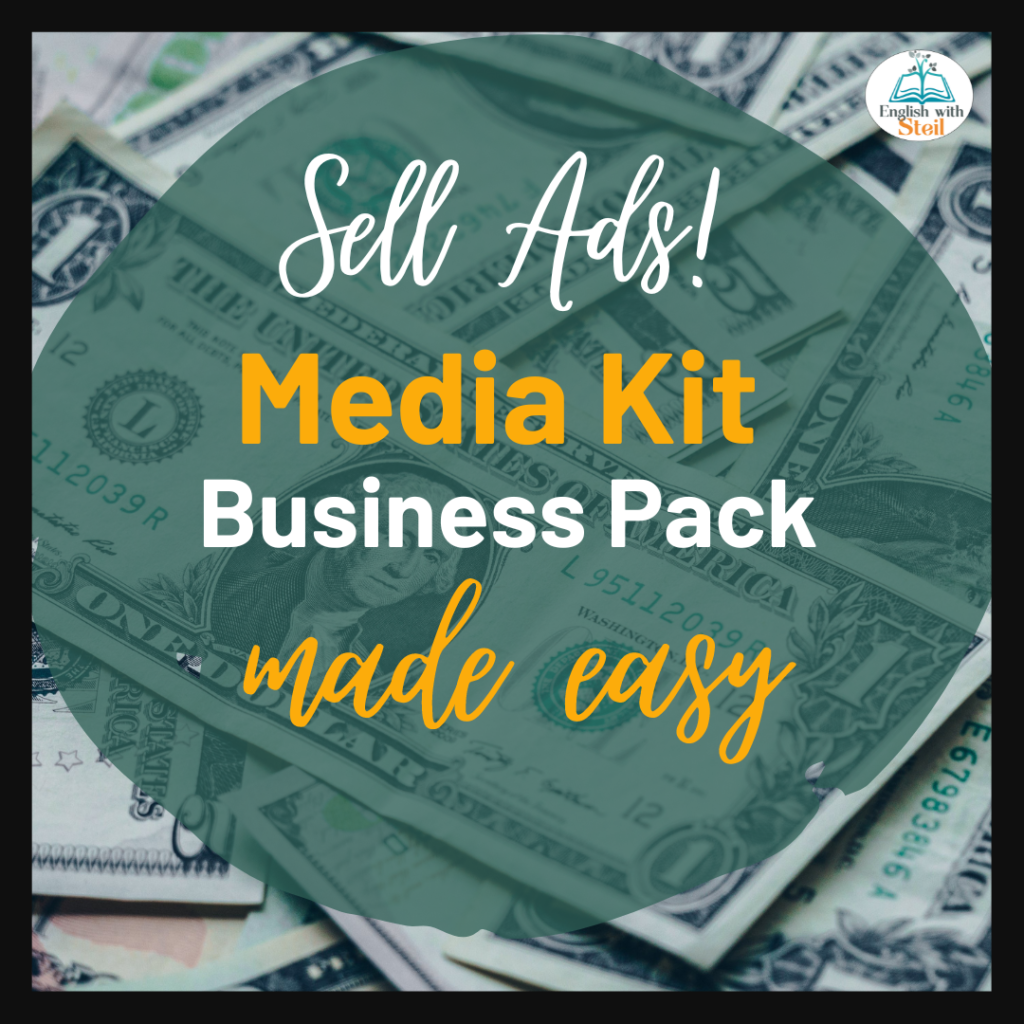
Step 6: Making contact
Once the Business Editor feels comfortable with the contents of the media kit, he/she should begin contacting local businesses to being the process of trying to sell the required ad space.
It’s important for students to call businesses sooner rather than later because often it takes several days for businesses to decide if they want to advertise. Make sure to follow up with a courtesy call.
I provide students with Sample Sales Scripts to help guide students through the process of cold-calling advertisers for in person visits, phone calls, and email communications.
Pro Calling Tip: When students call on the phone, I encourage them to ask for the manager, owner, or business manager. This may be the hardest step, finding out who is in charge of advertising. Students must make sure they get the right person at this point, because only one person will handle this in a business, but it is not always the same person.
When they are on the phone, make sure to let them know that you are from the high school publications staff. This is very important. Some people will respond to that right away. It is also important to let them know what you are selling and that is advertising. Remember, it is not a donation we are asking for, we are selling them a product, our ad space.
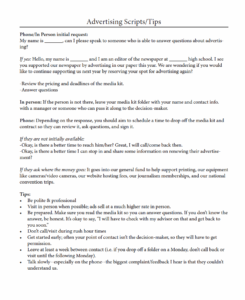
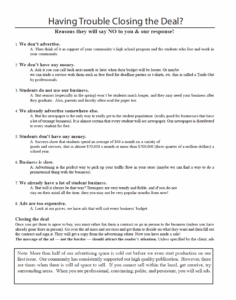
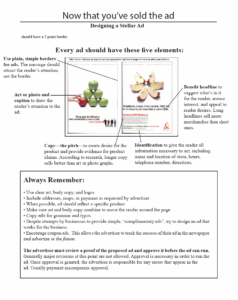
Step 7: Demonstrate Professionalism
Selling the advertisement is only part of the learning students will gain from this experience. The other skills students will benefit from include demonstrating professional business skills. Here are some of the skills I teach students in my Professional Tips & Tricks included in my training.
The Business Editor represents the school and newspaper community when selling advertisements, so ensure professionalism at all times.
- Make sure to be polite, articulate and friendly when calling businesses.
- When leaving messages, be clear and talk slowly so advertisers can understand call-back information.
- When speaking with adults, ask who to speak to about ad sales. Make sure to use professional titles such as Mr. or Ms.
- Assume businesses want to support us and want to renew. When it’s appropriate, up-sale (add on online or a larger size ad).
- Always show gratitude and say thank you. Even if they don’t sell an ad now, they may at a future time!
Step 8: Practice Accurate Record keeping
Students will need to keep accurate records of businesses they have called and visited using the Advertising Communication Tool, as well as the responses they have received. Also, they will need to collect any digital ads or design them if that is part of your publication’s expectations. Because you are working with professional organizations, collecting money, and creating a product for money, it’s imperative students how strong organization skills and follow-through.
Step 9: Follow Up
After each issue comes out, I have students follow up with each business they sold an advertisement to to ensure they are happy with the product.
Tear sheets and billing: We also send tear sheets within one week, so they see their ad in print. Include a Billing Statement with each issue so they can ensure timely payment (unless they prepaid at the start of the year).
Depending on the business, students will send 4-5 copies to each business so they can share your paper with their employees and patrons.
Step 10: Show Gratitude
At the end of the year, we send a formal Thank You Letter to all of our advertisers to acknowledge the impact their ad support made on your publication.
Sometimes we will include a small token of our appreciation:
- A pen with our website address
- A reusable bag with our social media accounts and website
- A magnet with a calendar of release dates for the following year
- A bumper sticker with our website or social media accounts.

